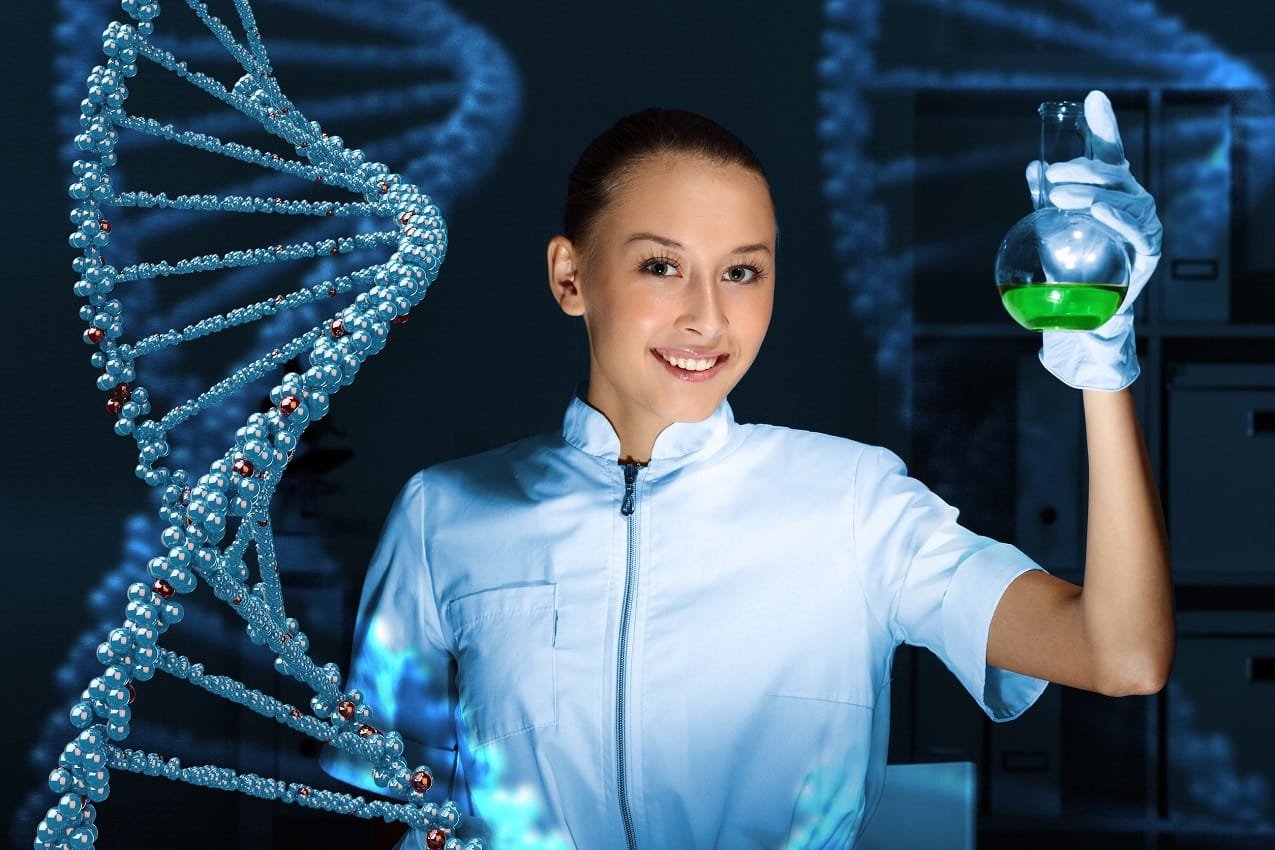
Essay on Stem Cell Research For the expansion of our Practice
What point does a cell become a living thing. The cell is alive while it is able to reproduce. In a process of embryo developing as soon as the cell starts its first mitotic division it is alive. Some cells {for instance, neurons) become so specialized that they lose their ability for independent division. But in this case, are nevertheless alive. Some cells (red blood cells that have specialized) transfer all of their nuclear material and are consequently not alive in our definition, but are still “cells”. They were “alive” and are not “dead” so this blots the line between our definitions. An organism is greater than the quantity of its parts and it is probably more helpful to look at the larger and more serious organ or system to look for life. What structures and functions of a cell make it living? Cells are highly structured, have an evolutionary origin, construct from a single one, grow, metabolize, divide and differentiate, show cyclists, stay in a process of communication and osmoregulation, transform energy and finally, cells die. How do stem cells differ in structure and function from other cells. Stem cells are able to renew and generate functional differentiated cells that full up cells that are lost. Stem cells do not differentiate and so have the potential to give rise to various types of specialized cells. For example, a stem cell could be used to output brain cells, blood cells and so on. Besides, as stated by Dr. Muzammil Siddiqi, “some recent evidence state that even adults have a little number of mulitpotent cells that can be isolated and can later differentiate into various cell types” (Siddiqi).
What controversies exist in stem cell research. In spite of religious and cultural barriers, it is clear that stem cells have great potential to expel a plethora of degenerative diseases that has harassed humankind for ages. Stem cell research’s greatest obstacle is its ethical point of view. Nowadays, animal and human data are strong for the successful use of adult hematopoietic stem cells to cure cancer patients. All forms of stem cell research have a possibility for a bright future in regenerative medicine. Investigators believe these cells hold great potential since they are able to transform into all cell kinds. “As long as stem cell research is not misapplicated for cosmetic therapy or cloning, society’s potential gain far outweighs any ethical concerns” (Jayachandran). How would you handle a situation in which the benefits of stem cell research were recommended for aiding in the conception of a child. I am totally opposed if the source is fetal tissue taken for investigations. To my mind, the evolution of babies in a Petri dish for their tissue to be outside of malicious and disgusting. But if we are speaking about umbilical cells taken from other donated tissue from organ donors or after a birth, I am not against. If we are speaking about fertilizing half-dozen eggs, grafted two and freezing four, I am opposed. If we are speaking about using the stem cells to create a drug that will help with improving a person’s natural capability to understand, I see no harm here.
How would you handle a situation in which stem cells offered a promising treatment for an illness. Stem cell research is a great resource of different treatments. Often people do not understand that stem cells do not just come from fetuses. All of us have our own stem cells in bodies. Reaping them is a bit more complicated, but more socially accepted.

